When people search for “the most extroverted introvert MBTI”, they’re often trying to solve a paradox. How can someone be both an Introvert and act like an Extravert? The truth is, introversion and extraversion aren’t fixed boxes they’re about where we gain energy. Introverts recharge alone, while Extraverts gain energy from people. But some MBTI types sit closer to the middle, showing behaviours that make them appear more outgoing, sociable, or expressive than the “classic” idea of an introvert.
The short answer? INFPs and INFJs are often seen as the most extroverted introverts. Their natural warmth, curiosity about people, and love for ideas can make them appear engaging and social even though they eventually retreat into solitude to recharge.
But they’re not alone. Several other Introverted MBTI types can come across as surprisingly extroverted depending on the situation. Let’s explore why this happens, which types are most likely to carry this “extroverted introvert” title, and how it differs from being an ambivert or omnivert.
What does “extroverted introvert” actually mean?
An extroverted introvert is not a new MBTI category but rather a description of an Introvert (I) who:
-
Enjoys deep conversations and meaningful social interactions.
-
Can appear lively, engaging, or expressive in the right environment.
-
Still feels drained after prolonged socialising and needs alone time to recharge.
This is different from ambiversion (balancing introvert and extrovert traits more evenly) or omniversion (shifting between extremes). The “extroverted introvert” shows up when someone’s core energy source is inward but their behaviours in certain settings look outwardly extroverted.
INFP: The Passionate Storyteller
INFPs are highly introspective and often appear reserved in unfamiliar settings. But when a topic lights up their values, creativity, or beliefs, they surprise everyone with their passion.
-
Why they seem extroverted: Their Feeling (F) function makes them emotionally expressive, while their Intuition (N) gives them excitement for ideas. In one-on-one or small groups, they come alive, speaking with warmth and conviction.
-
Where introversion shows: After those bursts of energy, INFPs withdraw to process and reflect. They thrive on solitude to restore balance.
-
Many INFPs hear, “You don’t seem like an introvert.” That’s because they thrive when conversations touch what they truly care about.
You might like - extraversion and extroversion
INFJ: The Social Introvert
INFJs are often called the most social introverts. Deeply empathetic, they read emotions and connect quickly with others, sometimes appearing more outgoing than they feel inside.
-
Why they seem extroverted: Their Extraverted Feeling (Fe) function helps them mirror others’ energy, making them warm, approachable, and charismatic in conversation.
-
Where introversion shows: They dislike shallow interactions and large crowds. Without time alone, they can burn out quickly.
INFJs walk a fine line: outwardly engaged, inwardly drained. This duality makes them one of the most recognised “extroverted introverts.”
Other Introverted Types Who Can Seem Extroverted
While INFPs and INFJs lead the pack, other introverted MBTI types may also project extroverted behaviours:
-
INTPs – Animated when discussing theories or problem-solving, they can dominate niche conversations.
-
ISFJs – Gentle nurturers who can blend into social groups with warmth and attentiveness.
-
ISTPs – Adventurous and thrill-seeking, especially in activities like sports, travel, or hands-on projects.
These moments of engagement don’t make them extroverts but they do show how introversion can wear different faces.
Are extroverted introverts the same as ambiverts?
Not quite. An ambivert balances introversion and extraversion more evenly they’re comfortable in both solitude and socialising. By contrast, an extroverted introvert is still primarily introverted. They may look extroverted in certain situations but always return to solitude as their anchor.
This distinction matters because it explains why INFPs and INFJs might look extroverted in some groups, yet feel utterly drained after too much interaction.
Why are INFPs and INFJs often seen as “people-loving introverts”?
The reason comes down to their cognitive functions:
-
INFPs → Extraverted Intuition (Ne) makes them curious about people and ideas. Their warmth comes out when exploring topics they care about.
-
INFJs → Extraverted Feeling (Fe) gives them the ability to connect emotionally and create safe spaces for others.
Both types love people and ideas but in selective, meaningful ways. Unlike classic stereotypes of introverts hiding away, these personalities thrive in conversations that feel authentic and inspiring.
Also read - intp and infp
Why does this matter?
Understanding extroverted introverts challenges the stereotypes of introversion as “shy” or “antisocial.” It also shows that INFJ and INFP personality is situational: the same INFP who seems quiet at work may be the most animated person at a book club or creative gathering.
Recognising this helps people honour their rhythms without guilt whether that means embracing bursts of social energy or unapologetically retreating into solitude.
How neuroVIZR Can Help?
 Whether you identify more with introversion or occasionally surprise yourself with bursts of extroversion, energy management is the key to balance. Tools like neuroVIZR brain training app are designed to help align your brain’s natural rhythms, making it easier to recharge if you’re introverted, or to stay grounded if you’re more extroverted.
Whether you identify more with introversion or occasionally surprise yourself with bursts of extroversion, energy management is the key to balance. Tools like neuroVIZR brain training app are designed to help align your brain’s natural rhythms, making it easier to recharge if you’re introverted, or to stay grounded if you’re more extroverted.
Final Thoughts
The phrase “most extroverted introvert MBTI” may sound contradictory, but it reflects something real: some introverts defy stereotypes. INFPs and INFJs especially demonstrate how introversion isn’t about avoiding people it’s about how we recharge and where we find meaning.
They prove that introverts can be people-loving, expressive, and socially engaging as long as they also respect their need for solitude.
FAQs About the Most Extroverted Introvert MBTI
Which MBTI is the most extroverted introvert?
INFPs and INFJs are most often seen as the “extroverted introverts” thanks to their warmth, empathy, and passion for ideas.
Which MBTI is the most introverted?
INTJs and INTPs are often considered among the most introverted types, as they thrive on solitude and deep thinking.
What is an ambivert personality?
An ambivert balances traits of introverts and extroverts, feeling comfortable in both social and solitary settings.
What is an omnivert?
An omnivert swings between extremes of introversion and extroversion, appearing highly social in some phases and deeply withdrawn in others.

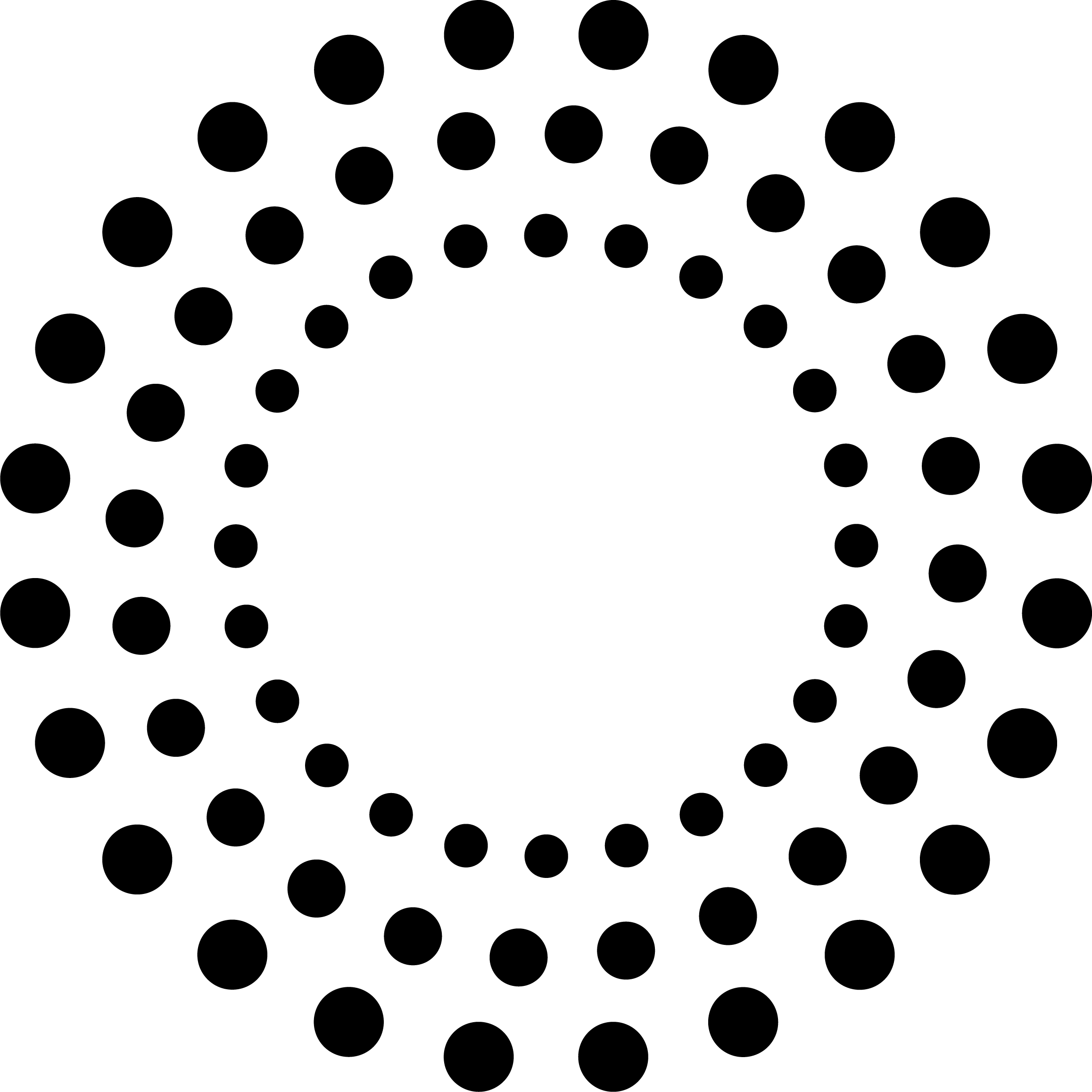







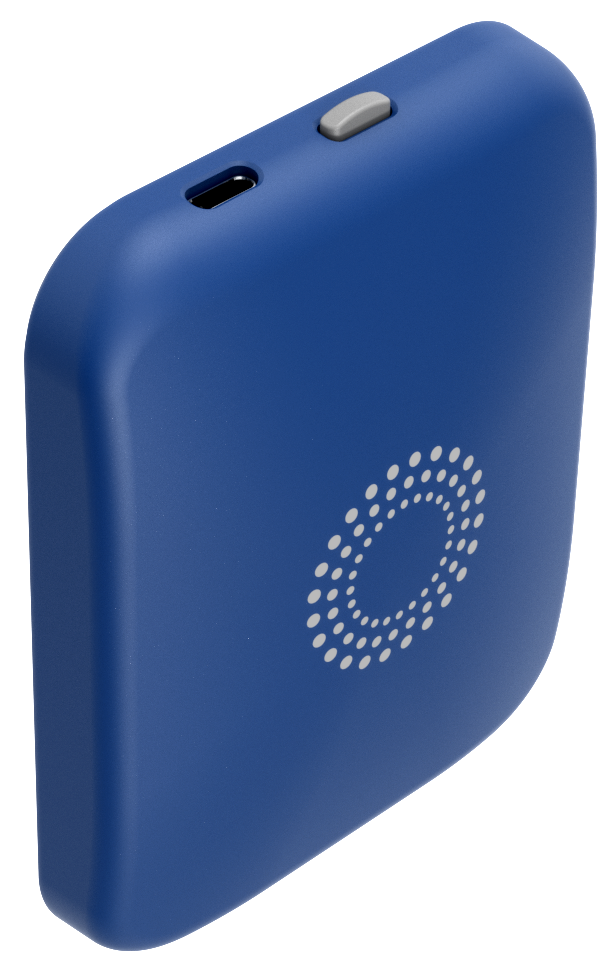
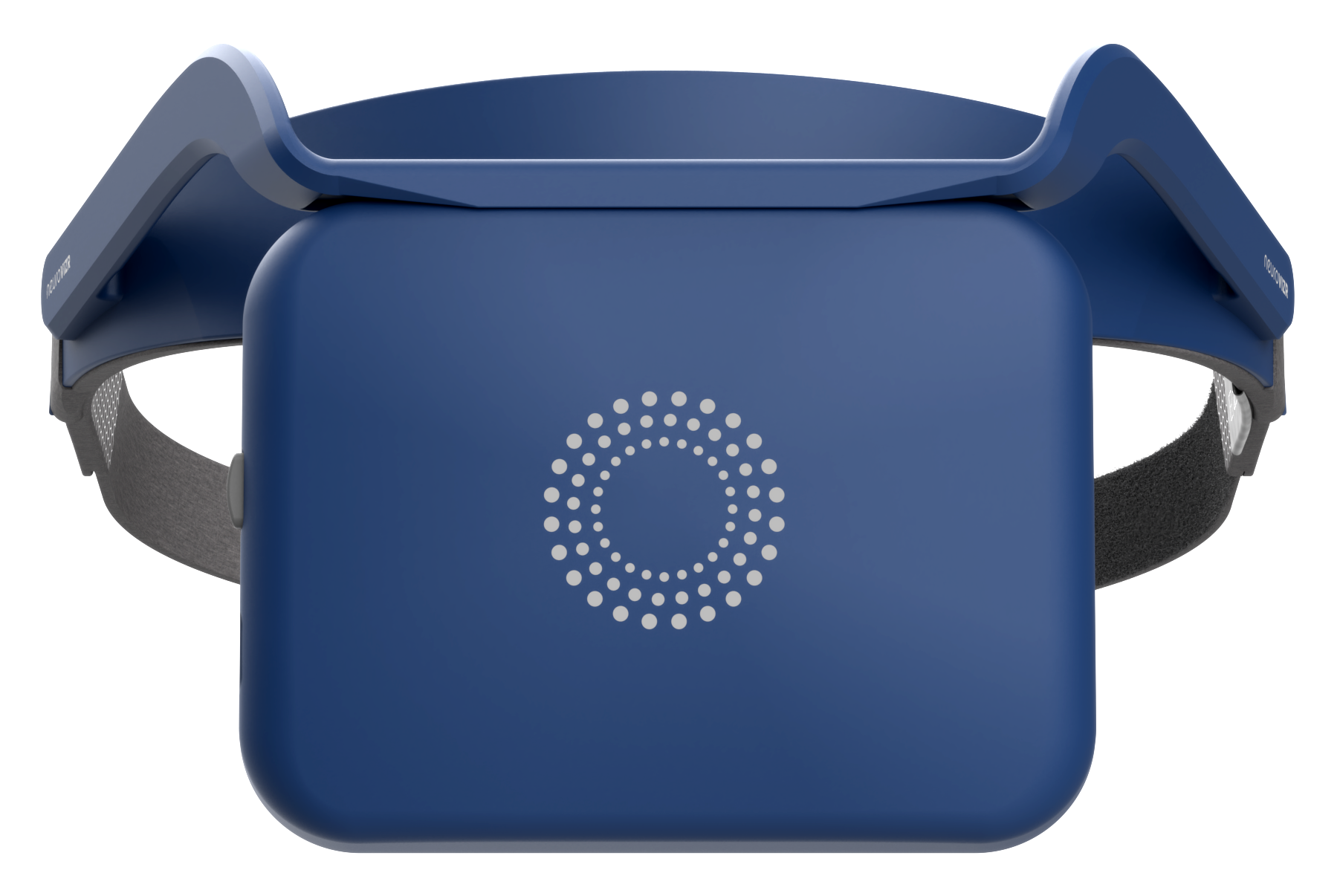

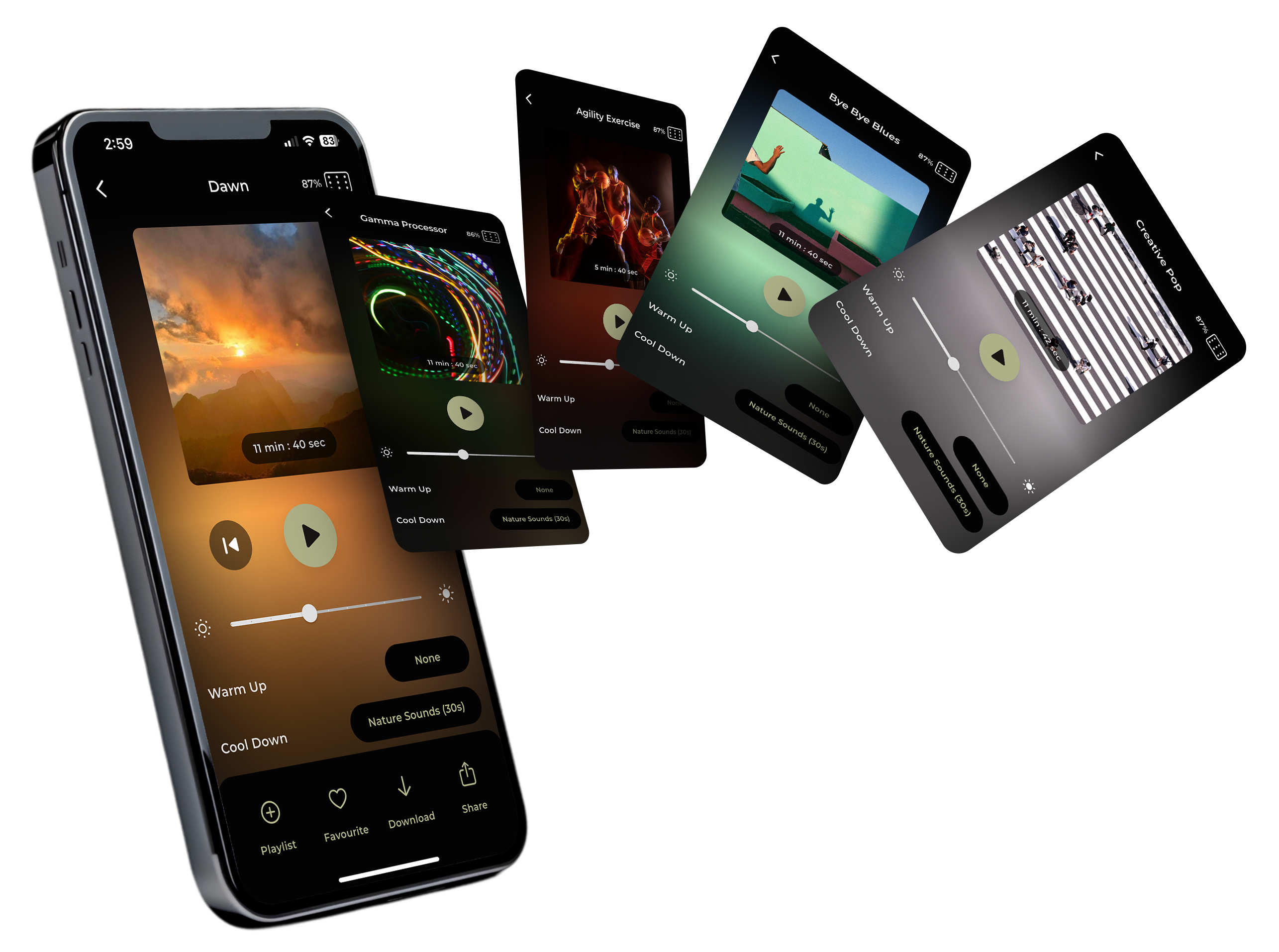
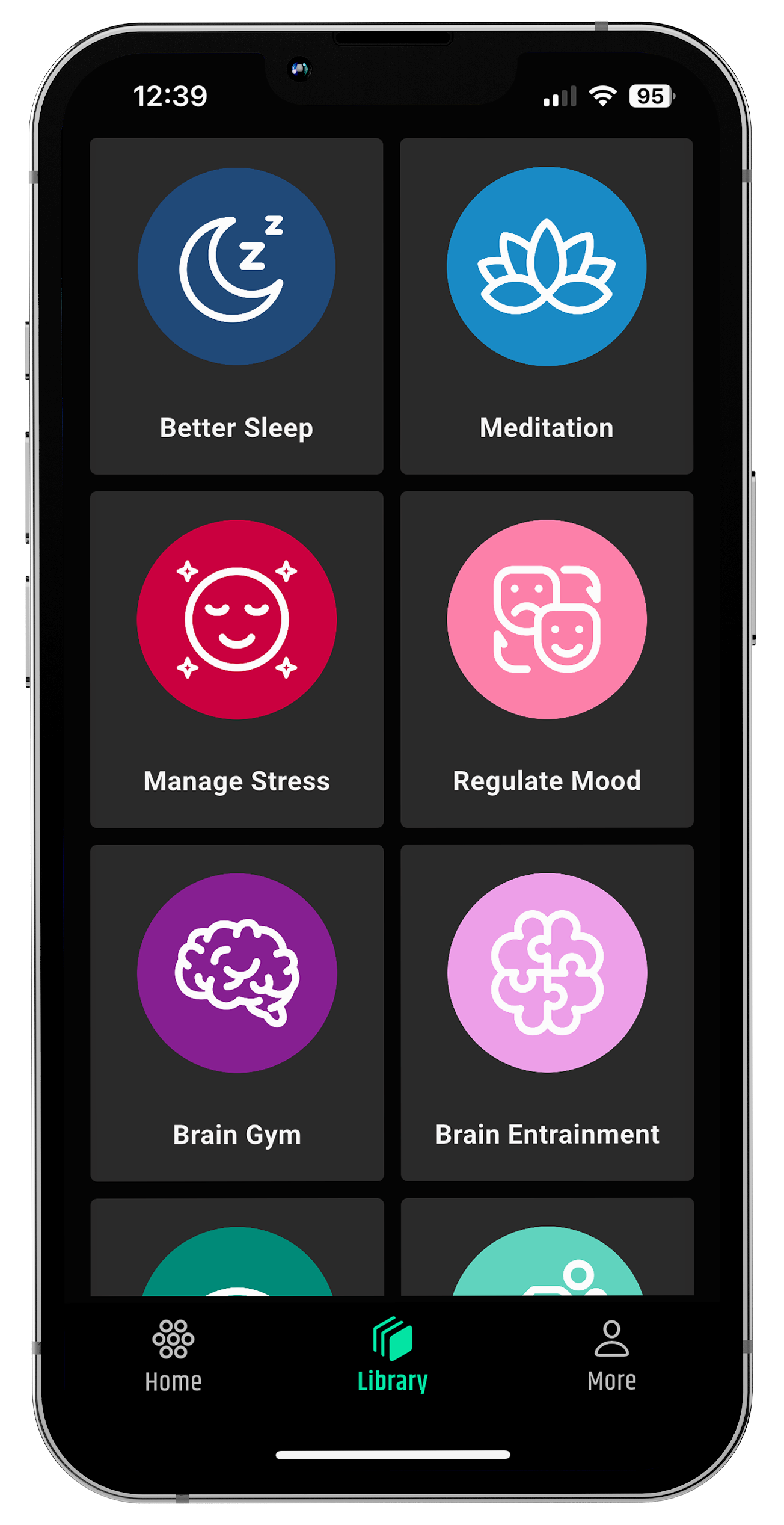

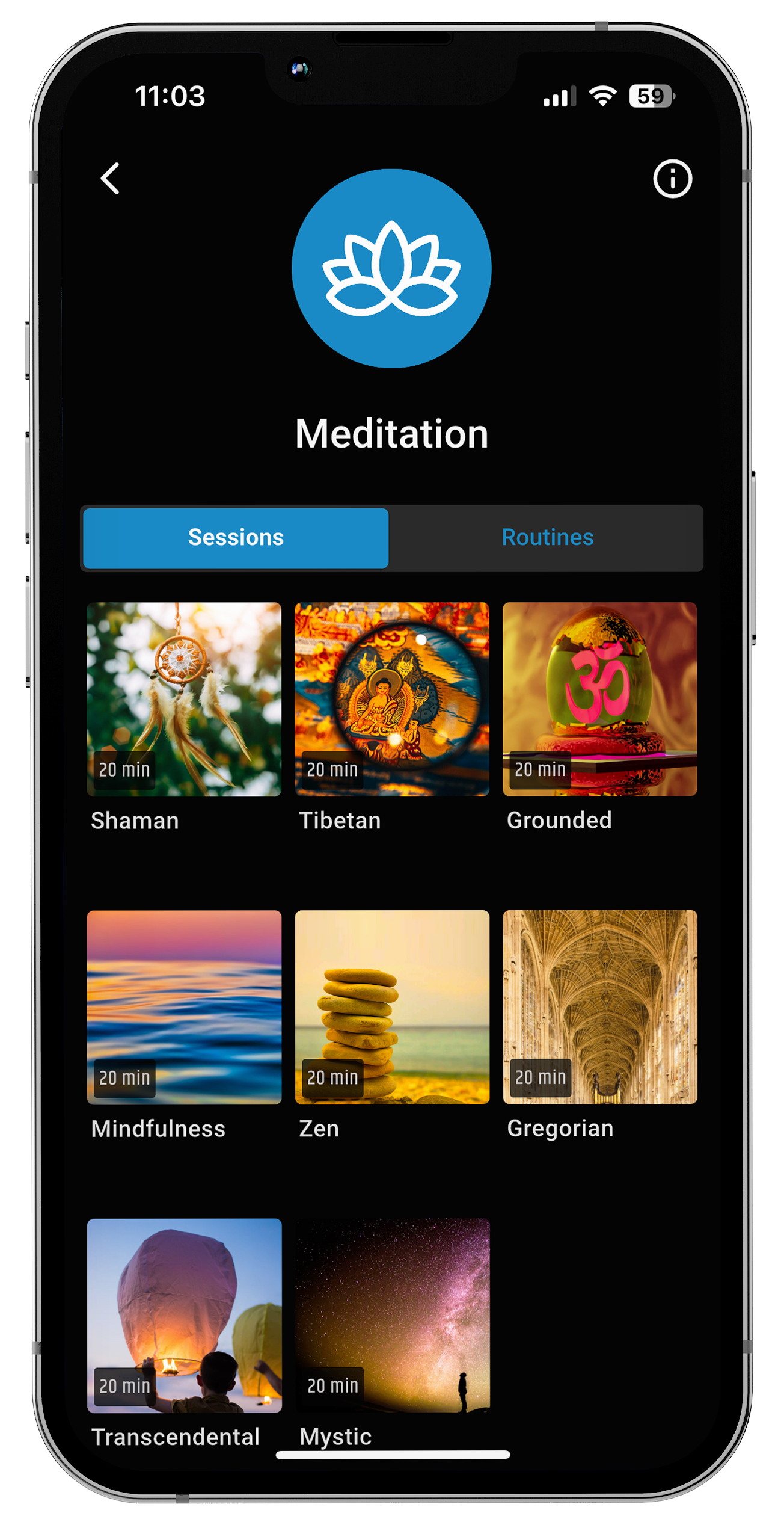
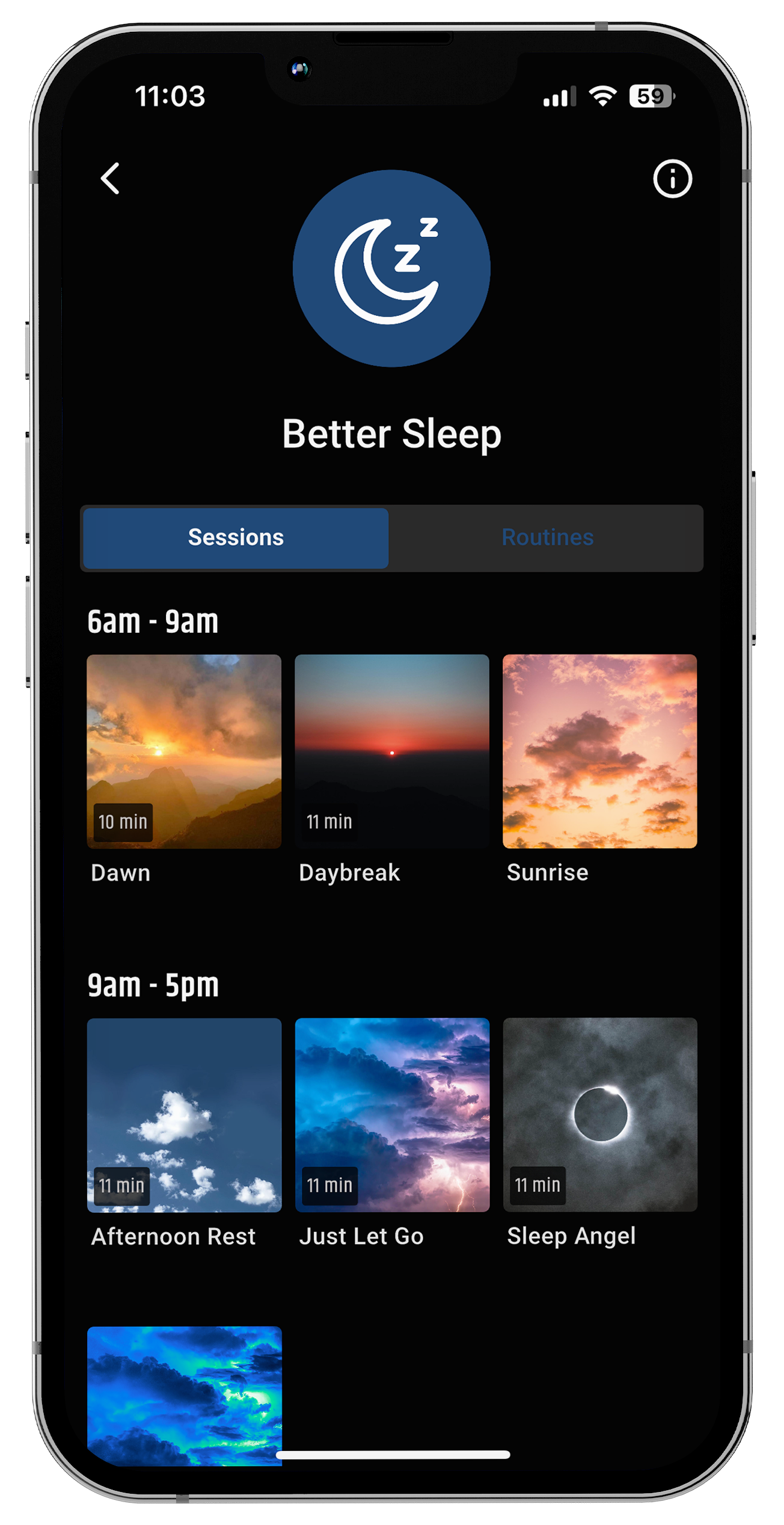

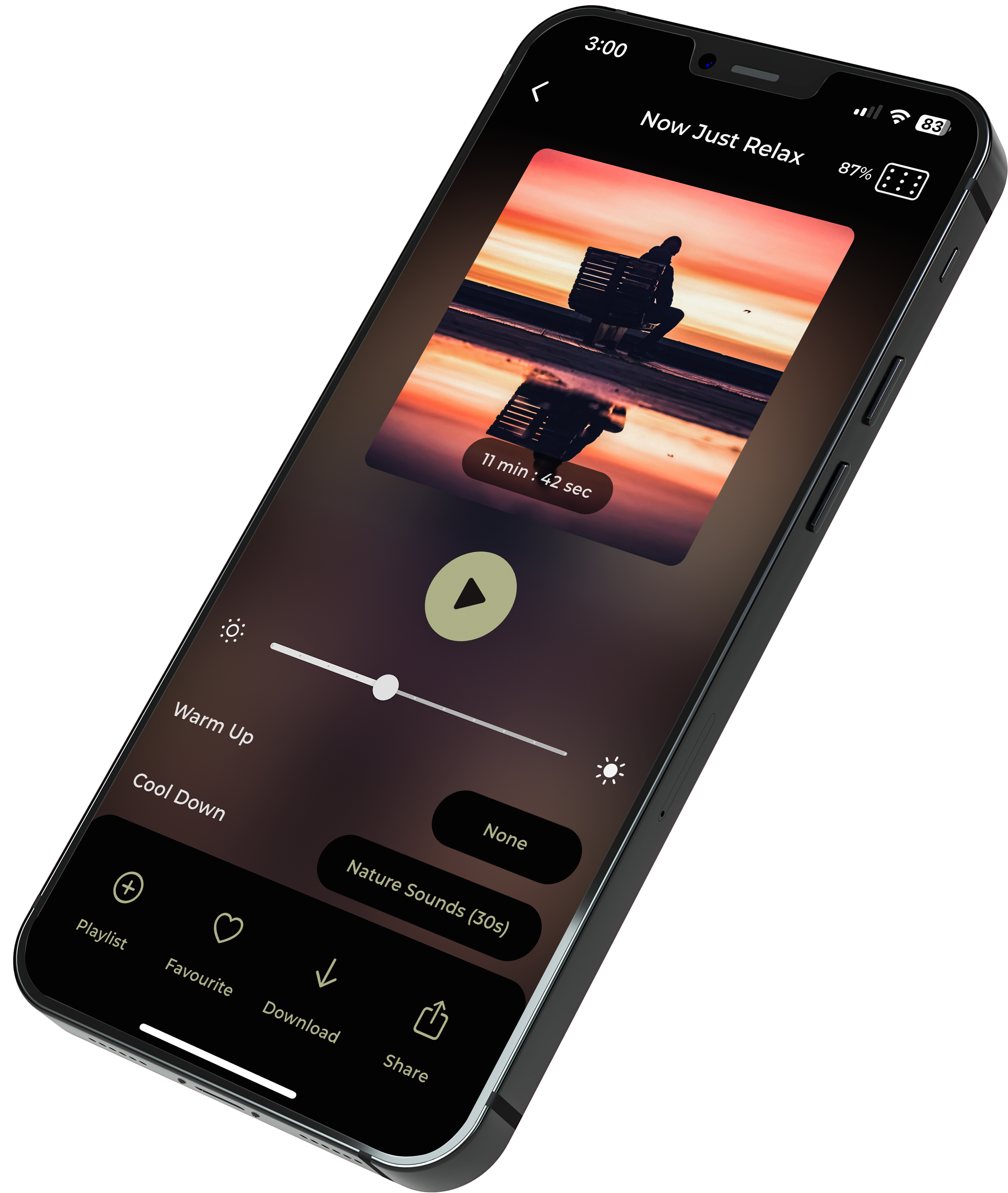


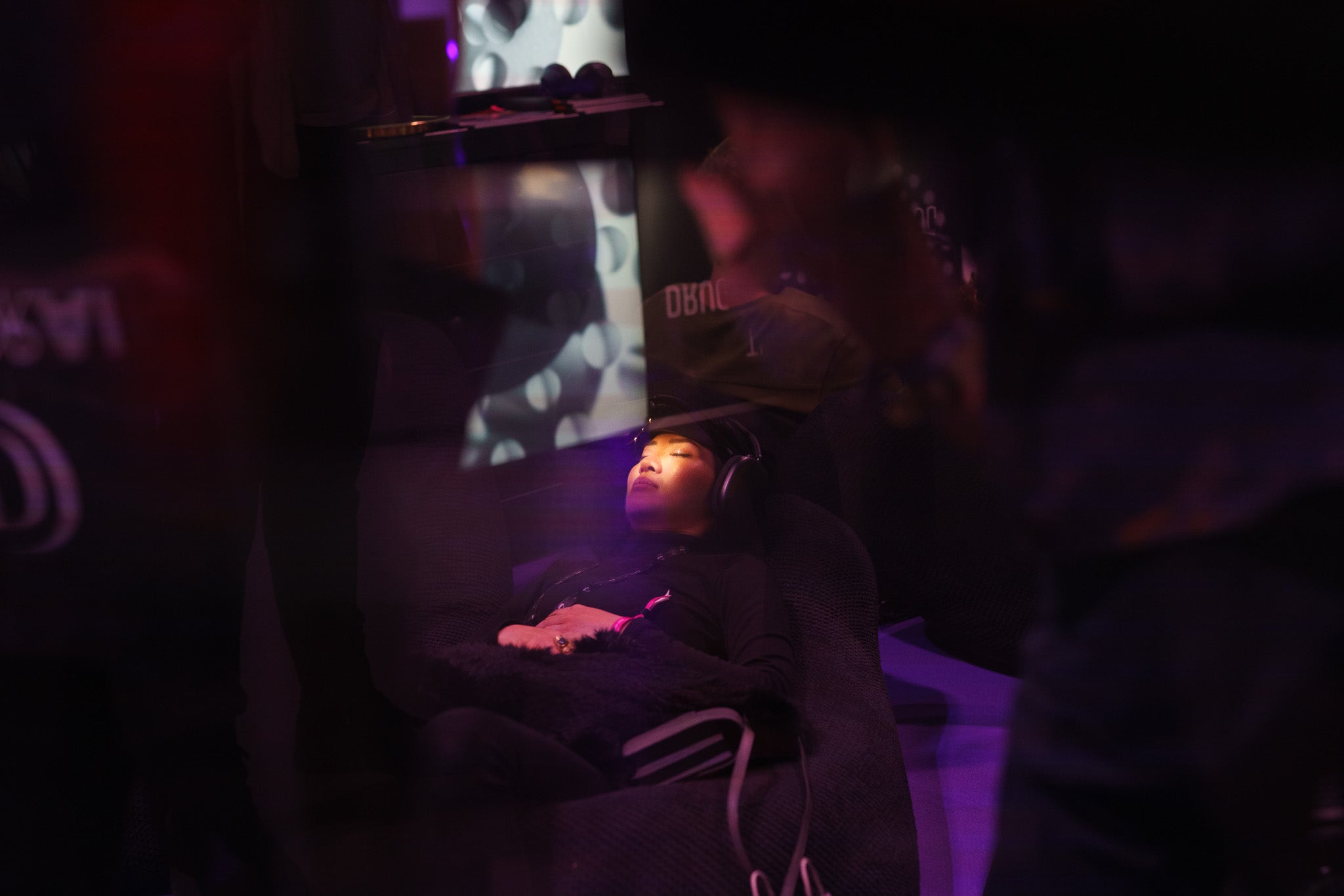



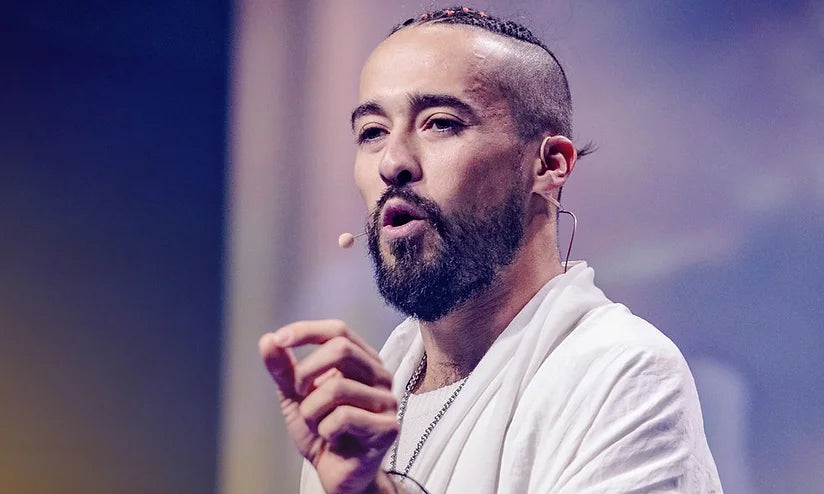

Share:
MBTI Introvert vs Extrovert: Beyond Social Habits
Learning about ADHD in Women: Symptoms, Problems, and Solutions